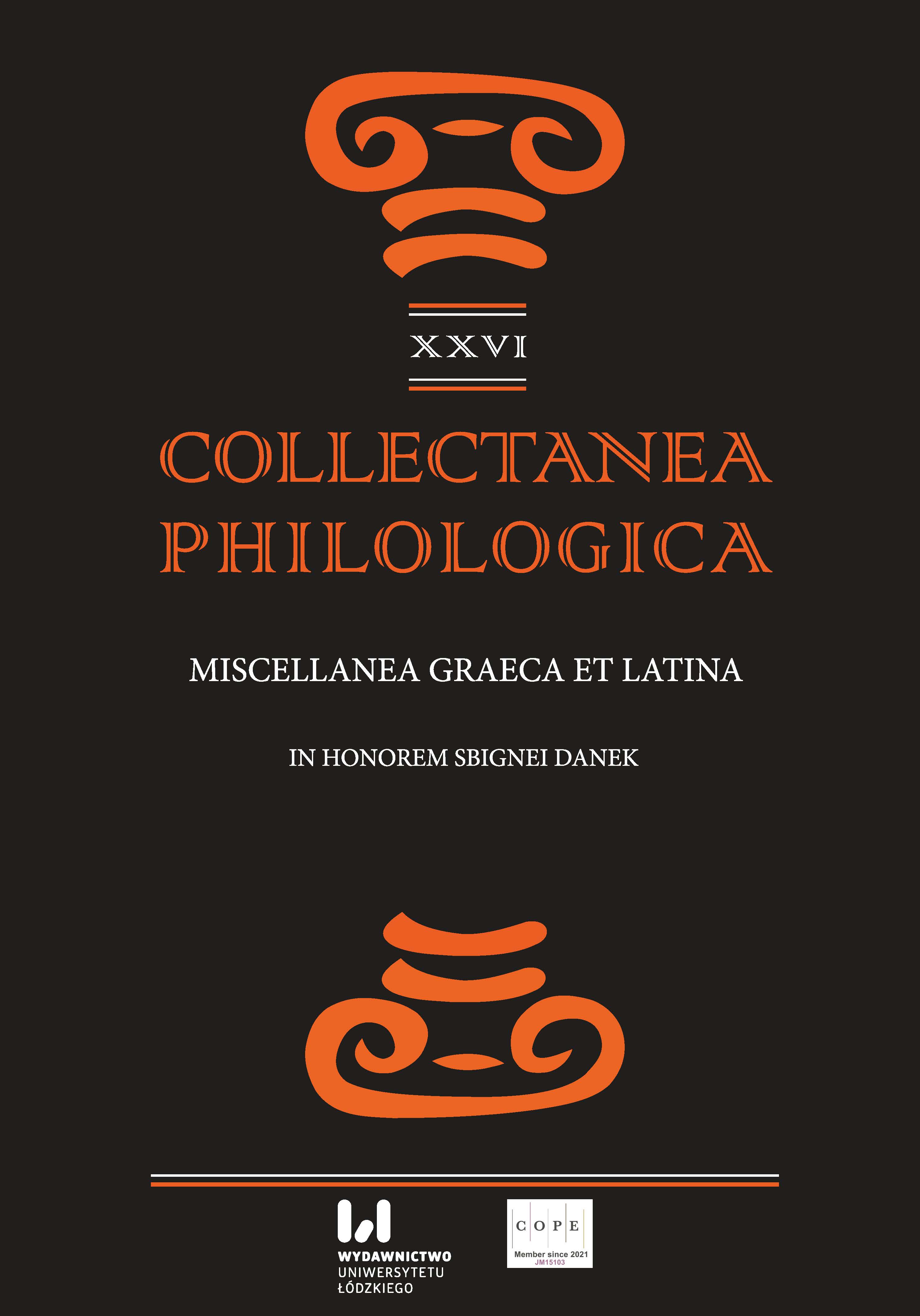Sofistyczna antylogika – wprowadzenie w problematykę
The Sophistic Method of Antilogic – Introduction to the Problem
Author(s): Zbigniew NerczukSubject(s): History, Language and Literature Studies, Studies of Literature, Ancient World, Latvian Literature
Published by: Wydawnictwo Uniwersytetu Łódzkiego
Keywords: ancient philosophy; the Sophists; Protagoras; antilogic
Summary/Abstract: The article discusses the sophistic method of “antilogic” (“double arguments”, “contrasting arguments”, “opposed speeches”, “two-fold arguments”). The main goal is to show that it is a method that, in the light of the doctrine presented in Plato’s Theaetetus, is based on philosophical foundations. The work of G.B. Kerferd was crucial for the research on the art of antilogic, as it broke with the unequivocally negative understanding of this method adopted by the earlier research tradition. Late testimonies of Diogenes Laertius, Clement of Alexandria, Seneca and Eudoxus point to Protagoras of Abdera as the creator and promoter of the antilogic. These testimonies are confirmed by references to the method of “opposed speeches” contained in the comedies of Aristophanes, in the tragedies of Euripides and in the anonymous treatise Dialexeis. Plato’s report on the doctrine attributed to Protagoras in the Theaetetus reveals the philosophical context of the antilogic. The so-called “secret doctrine”, based on the acceptance of appearances and of the privacy of perceptions (man-measure doctrine), the rejection of truth and falsehood, and acceptance of the contradictory judgments results from the new vision of reality in flux. Therefore, the “secret doctrine” presents a consistent and coherent project leading to a new concept of logic and language and lays the foundations for the method of “double arguments”.
Journal: Collectanea Philologica
- Issue Year: XXVI/2023
- Issue No: 1
- Page Range: 11-22
- Page Count: 12
- Language: Polish

